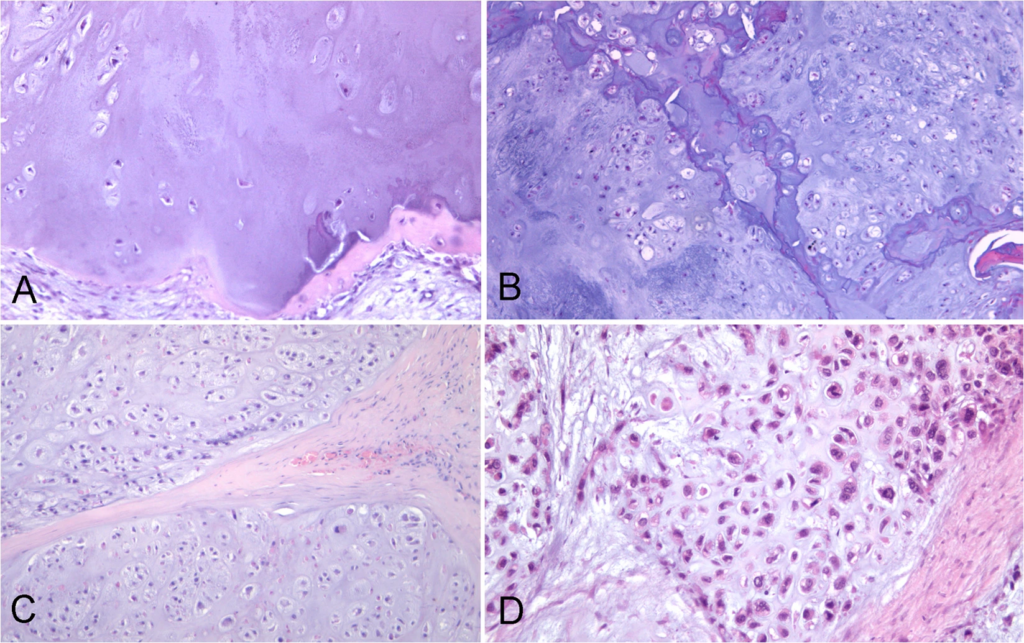Bone cancer diagnosis by Raman microscopy

Pathologists have an unenviable job. Armed with just their eyes, their experience and a pinky-coloured picture they must decide whether a patient requires life-saving surgery, has nothing to be concerned about or just needs to be kept an eye on. No matter which part of your body might have started behaving badly, a biopsy is […]